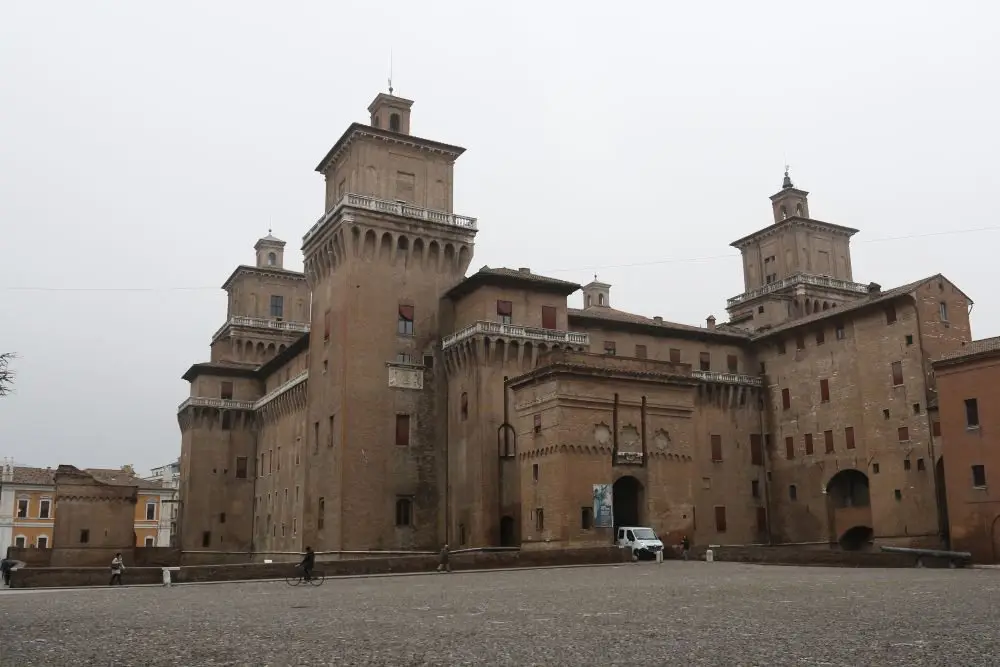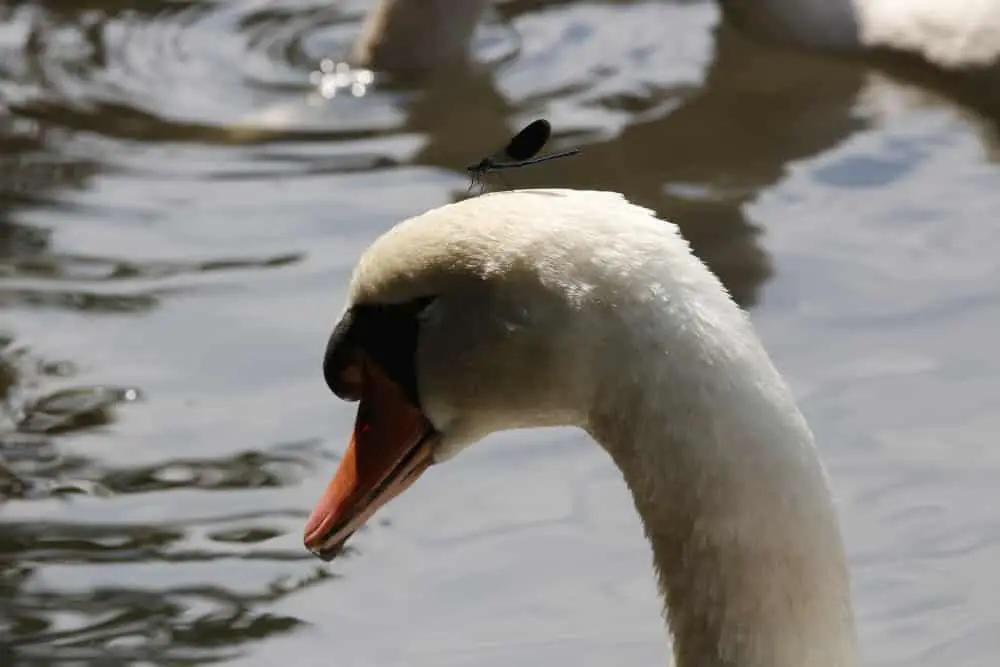
Food, motor and music valley
Emilia Romagna is one of the regions of Italy that extends south of the river Po until the ridge of the Apennine mountains and along the Adriatic coast until the town of Cattolica. Hence its southeastern part is the Romagna with the provinces of Forlì-Cesena, Rimini, and Ravenna. This area includes also small fractions of Bologna and Ferrara. Furthermore, the Republic of San Marino is located in Romagna. Therefore, today Emilia Romagna is the name in which survives the contrast between the Roman-Byzantine exarchates lands, the Romània, and the Lombards or Longobardia.
The land of castles
Romagna is the eastern part of the region known as “the land of the castles” because a castle or monastery graced every hill and hillock. Here history has been well preserved with Romanesque, Gothic and Renaissance churches. As well as sumptuous palaces and elegant town squares at the center of narrow medieval streets.
Plethora of castles in Emilia region
Apart from Ravenna and Ferrara, the Via Emilia links all the main towns. Hence in the West, Emilia can boast the same plethora of castles. As well as the ancient principalities of Parma, Piacenza, Bologna, and Modena. None of the towns of Emilia Romagna is without its central piazza (square): always with a historic palace, a church, or a cathedral. Behind their doors, one is certain to find exquisite frescoes and murals, as well as paintings and sculptures that the Italian masters of the time created.
The main road of Emilia Romagna
Most of all, the Via Emilia indicates almost exactly the separation between plain and elevations of the Emilia Romagna region. In fact, the flooding of rivers on torrential regimes which descend from the Apennines, often trough gullies formation, formed the plain. And in the northern part of the coastal strip, a flatland extends into the territory with shallow lagoons teeming with fish of the ancient Po delta area. However, we can see what remains in the valleys of Comacchio. As a result, the nature of the landscape reveals a mosaic of extraordinary variety.
Along the edge of the Apennines
Hence the northern slope of the Tuscan and Emilian Apennines forms the mountainous and hilly region around 40 km wide. Therefore this mountain chain is crossed by buttresses perpendicular to the watershed line. Just in some areas, the height is over 1000 meters, rarely it’s more than 2000 meters.
Man and the Emilian Plain
In the northeastern area of Italy, the plain that we see today is the result of a millennial intervention. In fact, it aims to regulate the waters, as well as to define the boundaries of the properties and to favor the agriculture. A process that the Romans began after the opening of the Via Emilia. In fact, after the foundation of its cities, they divided the lands according to the grid of the centuriation giving them a capillary irrigation system.
Emilia Romagna and the Po valley
Another emblematic case is the Po course that has changed several times from the river itself. And sometimes with disastrous consequences for man. We also find the valleys of Comacchio, where the regulation of the expanded water for centuries allows the eel cropping. As a result, they are one of those border areas between land and water whose appearance has been modified by man. Furthermore, the river is the natural border with Lombardy and Veneto regions.
Agriculture and industry
Emilia Romagna is an important agricultural and wine region of Italy. But most noteworthy it is the wealth of cattle from which the production of cheese and sausages. Anyhow from Parma we find parmesan cheese and sausages; “cotechini” and “zamponi” (sausages to cook and pork feet) are from Modena, and Bologna is well known for the mortadella.
Some excellence of Emilia Romagna
At the industrial level textiles and clothing of Carpi, Sassuolo tiles and Faenza ceramics are some excellence of this country. However, known as the motors Valley, the factories of the most important Italian sports vehicles are in this region. Ferrari, Lamborghini, Pagani, Maserati and Ducati factories are based in Emilia Romagna.
The Emilia-Romagna is also one of the major beach resort areas of Italy.
Art and history
First of all Emilia Romagna was an Etruscan settlement followed by the Roman Empire domination. The Consul Marco Emilio Lepido draws the Via Emilia between the towns of Rimini and Piacenza that becomes the unifying element of the entire region. And at the decline of the Roman Empire, Ravenna was chosen as the capital of the Byzantine Empire.
From the Middle Ages
During the Middle Ages, the Viscontis establish themselves in Piacenza and Parma. Hence the Estes were before in Ferrara and then in Modena and Reggio. The Pepoli first and the Bentivoglio after ruled in Bologna. From the Sixteenth Century, the church affirms itself in Bologna and Ferrara. Furthermore, the Farnese were in Parma and Piacenza, while the Este’s moved to Modena and Reggio Emilia.
The artists in the region
Important artists left their imprint in this region. In fact, the cathedrals of Modena, Parma, Piacenza, and Ferrara are remarkable examples of the Romanesque style of the Padana plain. In the Renaissance, the works of architects from Tuscany enrich the artistic heritage of the region. Furthermore, in Emilia Romagna, we find important art cities with invaluable treasures.
Bologna is the capital of the region. However, Ferrara, Forlì-Cesena, Modena, Parma, Piacenza, Ravenna, Reggio Emilia, and Rimini are the other eight provinces.
…And now let’s discover this region…
Some suggestions of our sightseeing tours, city tours, day trips, outdoor activities
Wine and food
Art cities
Middle Ages
The landscape
Bike routes






